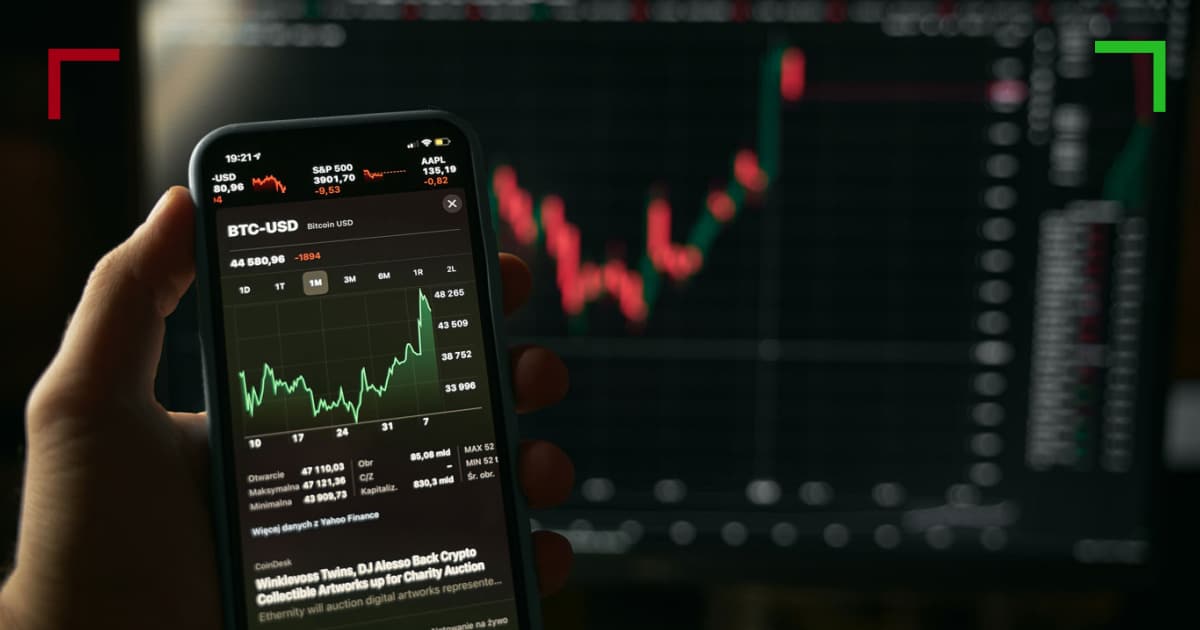
Understanding Crypto Trading High-Frequency
The world of cryptocurrency trading has evolved significantly over the past decade. One of the most intriguing developments is the rise of high-frequency trading (HFT). This strategy is characterized by rapid trades and the use of sophisticated algorithms to capitalize on minute price discrepancies. As cryptocurrencies become more popular, the adoption of high-frequency trading is reshaping the trading landscape. For more insights and detailed articles on the subject, you can visit Crypto Trading High-Frequency https://www.livingfreeintennessee.com/category/featured/page/29/.
What is High-Frequency Trading?
High-frequency trading is a form of algorithmic trading that involves the execution of a large number of orders at extremely high speeds. Traders leverage powerful computers and algorithms to execute trades within milliseconds. HFT is typically utilized by institutional investors and hedge funds due to the complexity and resources required.
Key Features of High-Frequency Trading
- Speed: HFT relies on millisecond execution, allowing traders to capitalize on fleeting market opportunities.
- Volume: High-frequency traders often execute thousands of trades in a single day, profiting from small price fluctuations.
- Algorithms: Sophisticated algorithms are employed to analyze market data, predict price movements, and execute trades automatically.
- Market Making: Many high-frequency traders act as market makers, providing liquidity to the market while earning fees for their transactions.
- Data Analysis: HFT utilizes vast amounts of real-time data to make informed trading decisions, relying on advanced analytics.
The Importance of High-Frequency Trading in Crypto
As the cryptocurrency market remains volatile and decentralized, high-frequency trading has emerged as a pivotal strategy for many traders. HFT in crypto markets allows for the exploitation of price inefficiencies that exist due to the market’s 24/7 nature and its inherent volatility.
Benefits of High-Frequency Trading in Cryptocurrencies
- Increased Efficiency: HFT can help improve market efficiency by ensuring that prices reflect all available information more quickly.
- Liquidity Provision: High-frequency trading contributes to the liquidity of the markets, making it easier for other traders to execute their trades with tighter spreads.
- Risk Management: Many HFT strategies incorporate risk management techniques to safeguard against sudden market movements.
Challenges Faced by High-Frequency Traders

Despite its advantages, high-frequency trading in cryptocurrencies is not without its challenges. Traders must navigate issues related to market volatility, as well as regulatory and technological obstacles.
Market Volatility
The cryptocurrency market is notoriously volatile, with prices capable of swinging dramatically in a short period. This volatility can pose risks for high-frequency traders, who must adapt their algorithms to respond to rapid changes in market conditions.
Technological Limitations
High-frequency trading requires advanced technology, including high-speed internet connections and powerful computing infrastructure. Not all traders have access to the resources necessary to compete effectively in this space.
Regulatory Scrutiny
As high-frequency trading grows in popularity, it attracts the attention of regulators. Changes in regulations can impact trading strategies and operational practices, making it crucial for traders to stay informed about current laws and guidelines.
Tools for High-Frequency Trading
There are several tools and technologies that high-frequency traders rely on to execute their strategies effectively:
Trading Platforms
Specialized trading platforms designed for high-frequency trading offer integrated tools for fast execution and data analysis. Some platforms allow users to build custom algorithms tailored to their trading strategies.
Data Feed Services

Access to real-time market data is crucial for high-frequency traders. Data feed services provide traders with instantaneous access to price movements, enabling them to make rapid decisions based on market changes.
Risk Management Software
Advanced risk management software can help traders monitor their exposure, assess potential risks, and execute stop-loss orders to mitigate losses in volatile markets.
The Future of High-Frequency Trading in Crypto
Looking ahead, the landscape of high-frequency trading in cryptocurrency is likely to evolve further. Several trends are emerging:
Increased Institutional Participation
As more institutional investors turn to cryptocurrencies, the demand for high-frequency trading strategies is expected to rise. This may lead to more sophisticated trading algorithms and better liquidity in the market.
Emerging Technologies
Technological advancements, such as artificial intelligence and machine learning, are poised to enhance the capabilities of high-frequency trading systems, allowing for improved analytics and predictive modeling.
Regulatory Developments
As regulators continue to monitor the cryptocurrency markets, expect increased scrutiny and potential new regulations aimed at ensuring fair trading practices. This could impact how high-frequency traders execute their strategies.
Conclusion
High-frequency trading is transforming the landscape of cryptocurrency trading, offering new opportunities and challenges for traders. While this strategy can yield significant profits, it requires advanced technology, deep market knowledge, and a keen understanding of risk management. As the cryptocurrency market continues to mature, high-frequency trading will play a crucial role in shaping its future. Whether you’re a seasoned trader or a newcomer in the crypto realm, understanding the dynamics of high-frequency trading is essential for navigating this exciting and rapidly evolving industry.